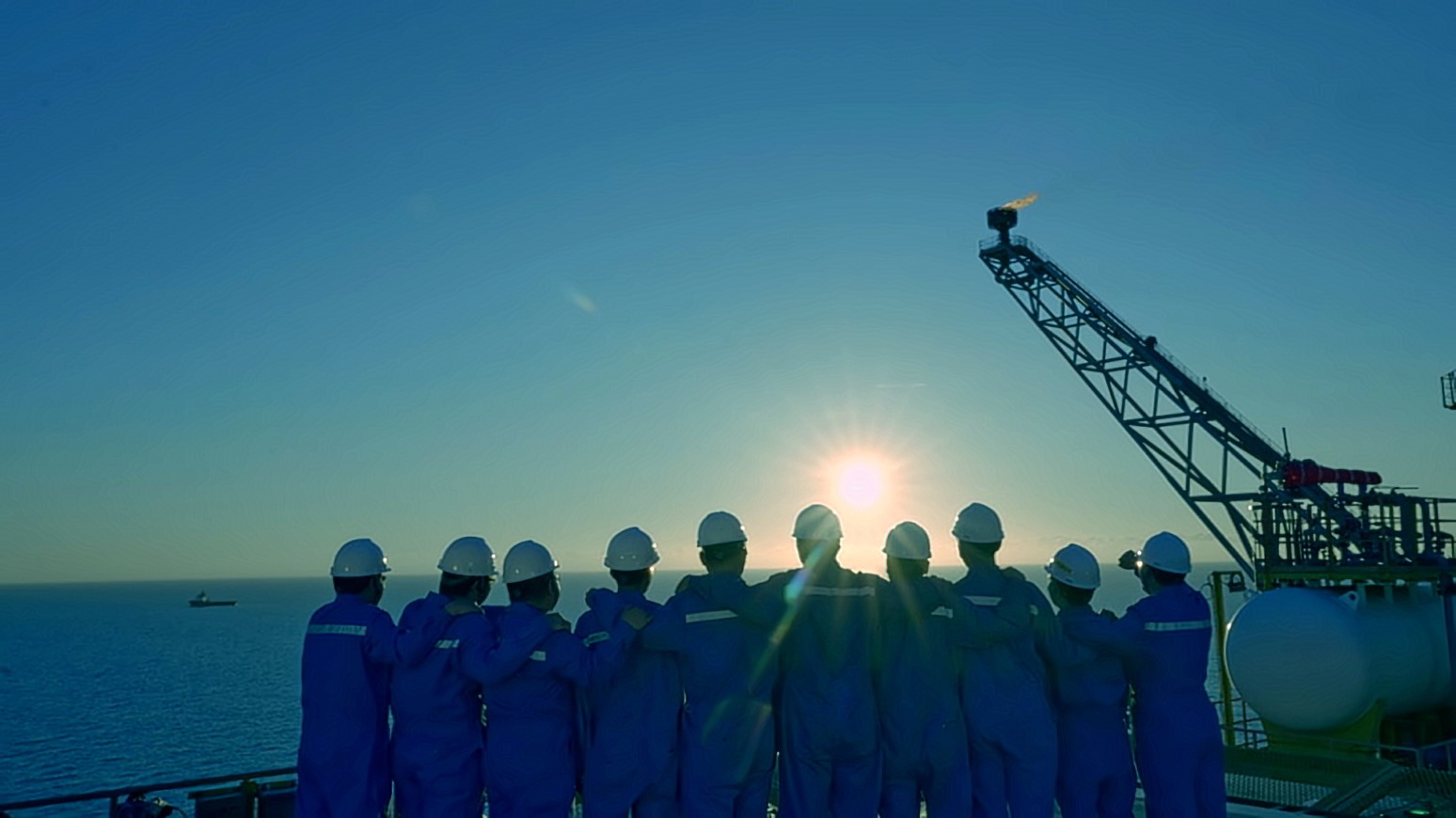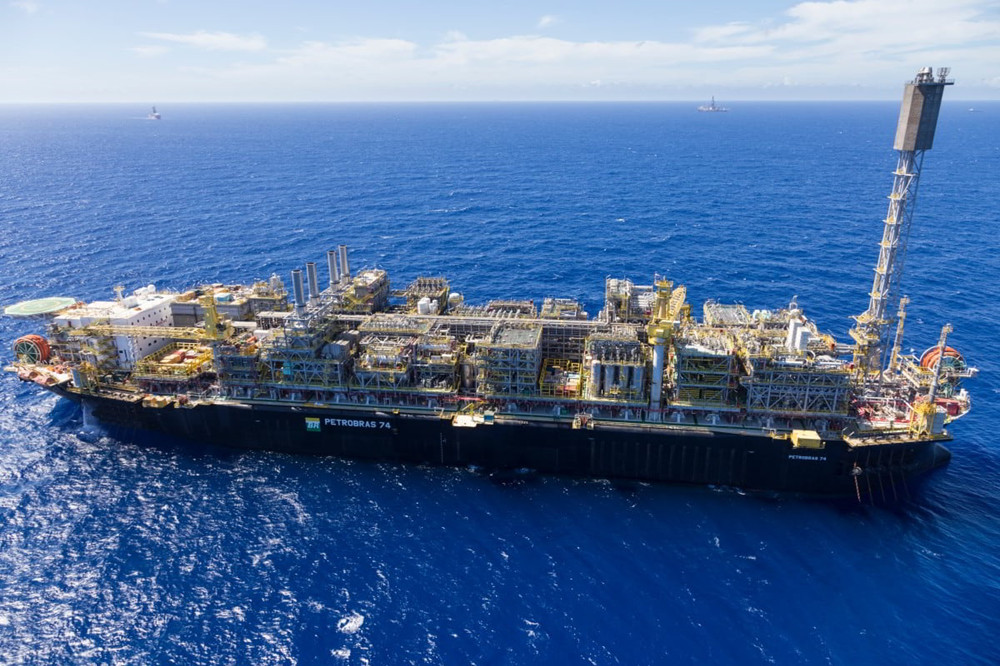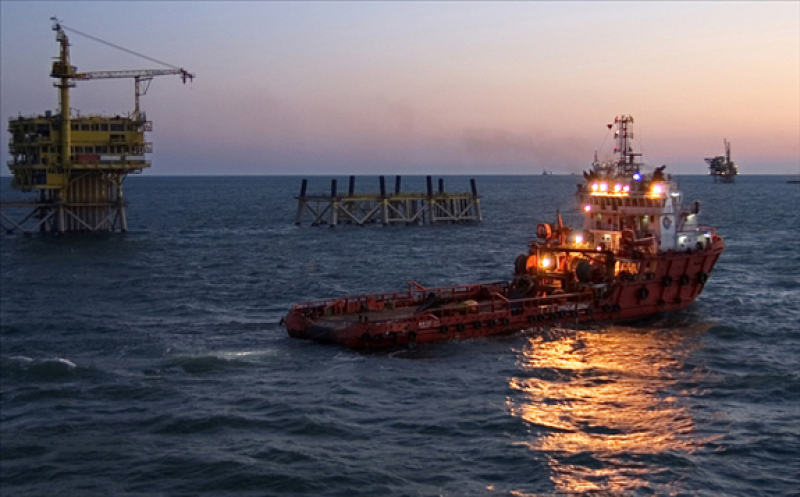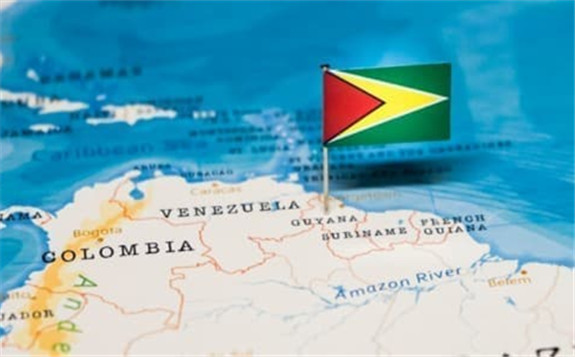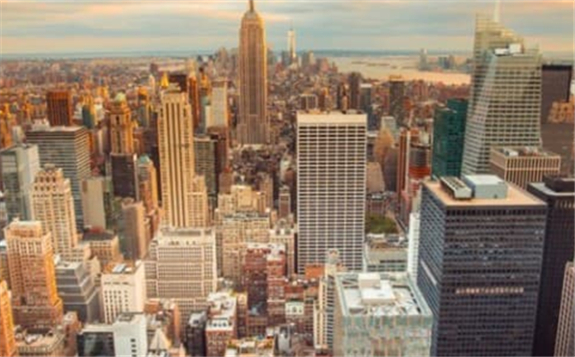BloombergNEF’s 2021 Hydrogen Market Outlook indicates that nearly everything is set to double this year in the world of clean hydrogen (H2), from electrolyser installations to the number of countries creating H2 strategies.
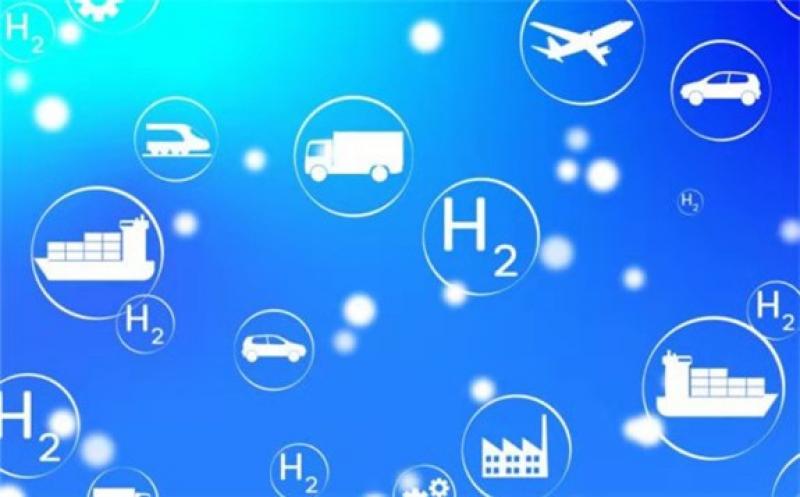
The surprising growth of hydrogen in China during the first half of 2021 could drive the electrolyser market to exceed two gigawatts in 2022. Still, clean H2 demand lags behind electrolyser makers’ aggressive capacity expansion plans.
Martin Tengler, the lead hydrogen analyst at BloombergNEF, explained that nearly everything has doubled already this year in the world of clean hydrogen: “We expect the momentum to continue in the months ahead.”
The report indicates that more than 40 countries have now published a hydrogen strategy or are developing one. More than 90 projects are being planned worldwide to use hydrogen in industry. Electricity generators have almost doubled their planned hydrogen-fired turbine capacity since January.
Tengler added: “What’s happening in China right now is revolutionary for clean hydrogen. Chinese companies are racing to show their compliance with the country’s carbon neutrality target, pushing the market for electrolysers – the devices that produce hydrogen using water and electricity – to be at least nine times bigger in 2022 than in 2020.”
China dominates in hydrogen market
To sustain the momentum, more policies stimulating clean H2 demand need to emerge. China’s carbon neutrality target may be doing the most on this front.
Electrolyser shipments are set to double in 2021 and quadruple in 2022, reaching at least 1.8GW. China should account for 60-63% of global installations. By 2030, cumulative global installations could cross 40GW based on developer disclosures. Alkaline electrolysers will continue to dominate the market due to better economics, with an 80% share in 2022.
Electrolyser manufacturers are building more factories than needed in response to rising sales. Some 16GW of manufacturing capacity could come online by 2024, enough to meet demand several times over. This may leave many factories underused, pushing down prices.
Net-zero emissions targets are driving H2 deployment in Europe and China. In Europe, a rising CO2 price is incentivizing industrial companies to explore hydrogen. In China, large firms are investing in H2 to demonstrate alignment with the country’s carbon neutrality target.
Government funding is on the rise, with $11.4 billion per year available for low-carbon H2 projects over 2021-30. For most countries, these subsidies total less than 0.1% of GDP, well below what solar got in its early years, but still a sizeable boost compared to a few years ago.
Widespread demand for clean H2 is still a few years away. Few countries have laid out clear plans to drive a broad base of demand. That said, several large projects have been proposed for later in the decade and more may emerge soon in China. Plans to build significant H2 storage infrastructure in Europe will also enable large-scale demand in future.
Tengler said: “Still, hydrogen’s future as a major clean energy source is far from certain. Sustained, large-scale demand for clean hydrogen will need stronger demand-side incentives than what we are seeing now.
“We’ll need to see CO2 prices of at least $100 per ton by 2030 to incentivise hydrogen adoption. No country has such carbon prices today, and we forecast only three markets to reach that level before 2030: Canada, the EU and the UK. It is no surprise then that the vast majority of announced large-scale demand-side clean hydrogen projects come from these regions.”

